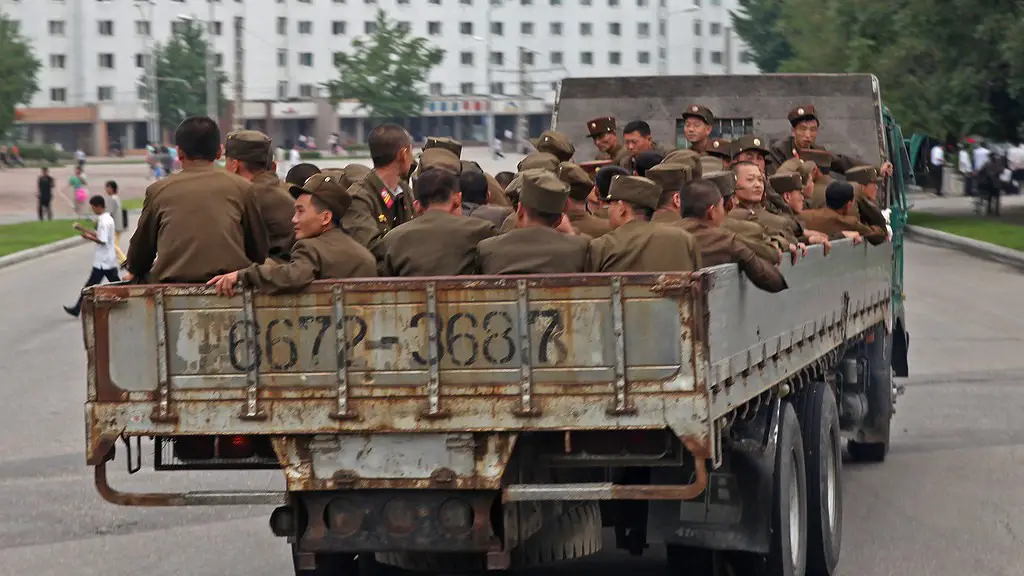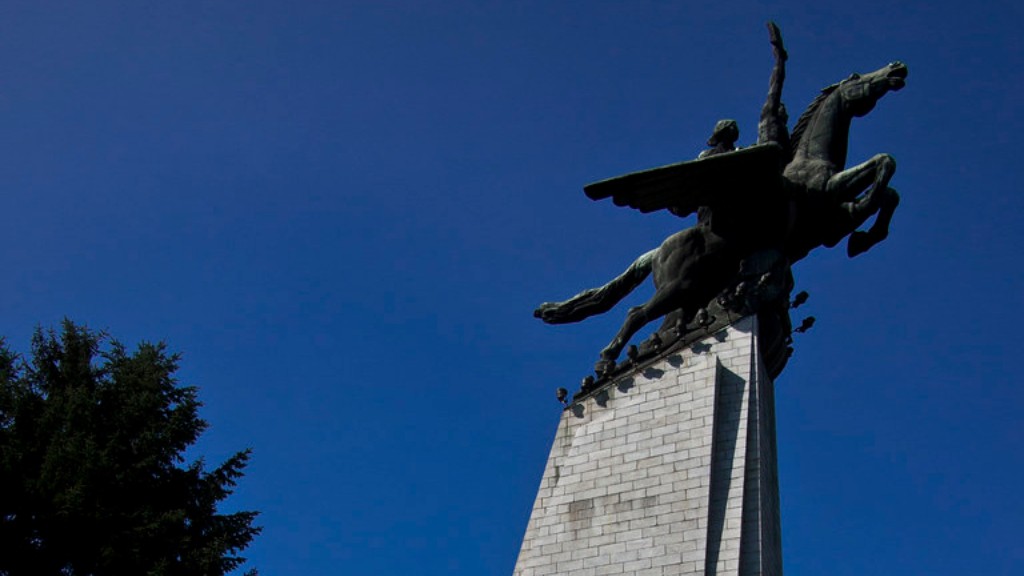North Korea’s secretive nature has made its submarine fleet a mystery to most of the world. Yet, this fleet plays an essential part in the country’s military strategy. North Korea has a history of revamping and upgrading vessels that have been in operation since the 1990s. Understanding stands at the heart of broader North Korean security dynamics and regional dynamics that shape stability in Northeast Asia.
Although it is hard to know exactly what submarines North Korea possesses, analysts believe that North Korea’s submarine forces consist primarily of Romeo-class and Sang-O-class diesel-electric attack submarines of the early 1950s. These submarines are the oldest model still in operation and they are believed to be in operation with North Korea’s military. Both the Romeo and Sang-O-class submarines have low noise and low thermal signature, both vital for submarine operations in the calm waters of the East Sea (Sea of Japan).
North Korea is believed to also possess several Whiskey-class submarines, also of the early 1950s and believed to be stationed at the submarine base at Mayang-do on the southeastern coast. North Korea is also known to possess some 1950s-era Golf-class submarines, which are large and now believed to be used only for training.
North Korea is known to possess two kinds of small submarines, one known as “Yugo” and the other “Yono”. Both are believed to be used for coastal defense and special operations. The Yugo is a light-weight and relatively stealthy torpedo-firing submarine, while the Yono is larger and has more advanced capabilities than the Yugo, including dive depth, electronics, and communications.
In addition to these older models, North Korea is also believed to be in possession of the more advanced Sang-O II-class and Gorae-class submarines. The Sang-O II-class is a diesel-powered submarine that is able to carry both torpedoes and missiles. The Gorae-class is a larger and more heavily armed submarine than the Sang-O II-class, and is believed to be capable of launching missiles while submerged.
North Korea is also reported to be in the process of building its first ballistic missile submarine, the Sinpo-class submarine. This is an advanced submarine with a large ballistic missile payload, which is believed to be capable of hitting targets up to 2,000 kilometers away. While it is still uncertain when the submarine will enter service, it is believed that the North Korean military will begin using it in the next few years.
Recent Developments
In recent years, there have been reports of North Korea repairing and upgrading some of its vessels, with new parts and equipment being imported from China and other countries. This could potentially mean that North Korea’s submarines have been equipped with more advanced propulsion and sensor systems, allowing them to have an even greater advantage in underwater warfare.
Reports also suggest that North Korea may be in the process of developing a more advanced submarine, the SO3GM stealth submarine, that is capable of launching ballistic missiles. The SO3GM is believed to be able to dive deeper, and for longer periods of time than conventional submarines. The vessel is also believed to be equipped with the most advanced sensor and tracking systems, allowing North Korea to detect hostile vessels in a much wider area than before.
Regional Implications
North Korea’s submarines can have important implications for regional security and stability. Submarine forces can be used as a deterrence, preventing any hostile forces from entering into North Korean territorial waters or attempting to launch a surprise attack. North Korea’s submarines would also be able to conduct reconnaissance missions in the region, making it harder for other nations to monitor North Korea’s activities.
On the other hand, North Korea’s submarine forces could potentially pose a threat to other nations in East Asia, as they may be used to launch surprise attacks on naval forces in the region. The types of submarines that North Korea has and is acquiring could potentially give them an advantage in any hostilities in the region.
International Reaction
The international community has been watching North Korea’s submarine development with interest and concern. The United States has recently deployed additional naval resources to the East Sea as a form of deterrence against North Korean submarines. South Korea also maintains a strong navy presence in the region, in order to counter any potential North Korean threats.
The international community has also been considering ways to limit North Korea’s development of submarine forces in order to ensure regional stability. Nations such as the United States and South Korea are attempting to work with North Korea in order to limit its development of submarines, using the threat of sanctions as a way to persuade North Korea to reduce its submarine activity.
Military Strategy
North Korea is likely to employ its submarines in a number of different ways in order to maximize their effectiveness. For example, North Korea could employ submarines for surprise attacks on nearby naval vessels, or for reconnaissance and surveillance missions. North Korea may also use its submarines to lay mines in strategic waters in order to limit the movement of other nations in the region.
North Korea’s submarine forces could also be used for psychological warfare. The presence of North Korean submarines in the East Sea could serve as a deterrent to any hostile action from other nations in the region, as it would signal that any attempt to threaten North Korea would be met with swift and overwhelming response.
Cost And Logistics
Due to the secretive nature of North Korea, the exact cost of North Korea’s submarine program is unknown. It likely costs a significant amount of money to maintain North Korea’s submarines, as they require regular upkeep and modernization in order to stay operational. North Korea is also believed to have acquired submarine parts and equipment from China and other countries, indicating that these vessels may cost more than just their purchase price.
In terms of logistics, North Korea’s submarine forces are believed to be stationed in multiple ports, including the port of Mayang-do in the south and the port of Sinpo in the east. These ports are well-protected, with a large number of naval vessels patrolling the area at all times. North Korea’s submarine fleet likely also has access to prepositioned stores of fuel and supplies stored in the area, allowing them to remain on station for extended periods of time.
Conclusion
Understanding what types of submarines North Korea possesses is essential to understanding the security dynamics in East Asia. North Korea is believed to possess a range of older submarines, as well as more advanced vessels that are capable of launching missiles and conducting reconnaissance missions. North Korea’s submarines could potentially be used as a form of deterrent, or for more aggressive purposes. The international community is monitoring North Korea’s submarine developments and attempting to limit the submarine’s capabilities through negotiations and the threat of sanctions. As North Korea continues to develop its submarine forces, understanding the country’s capabilities will become increasingly important.

